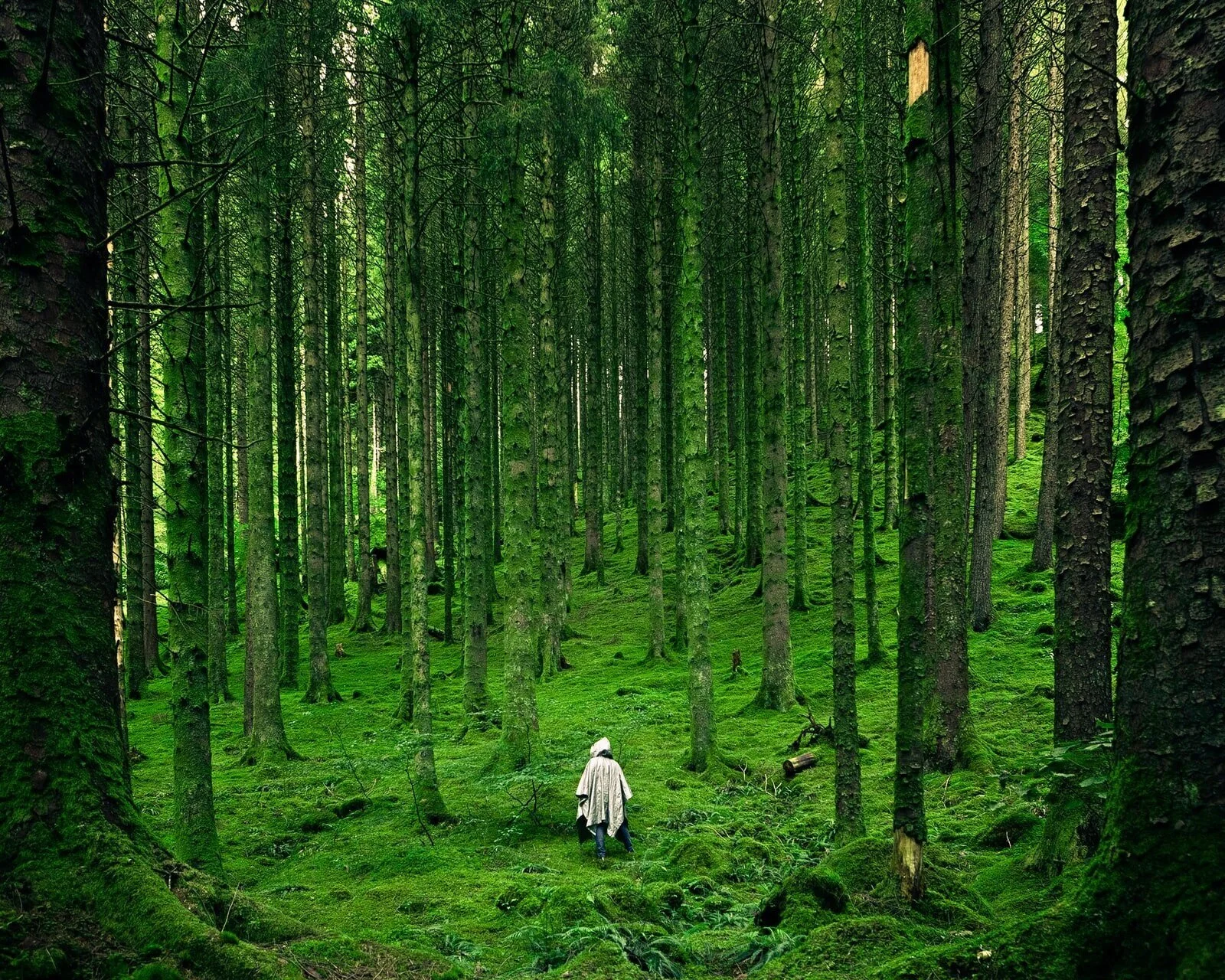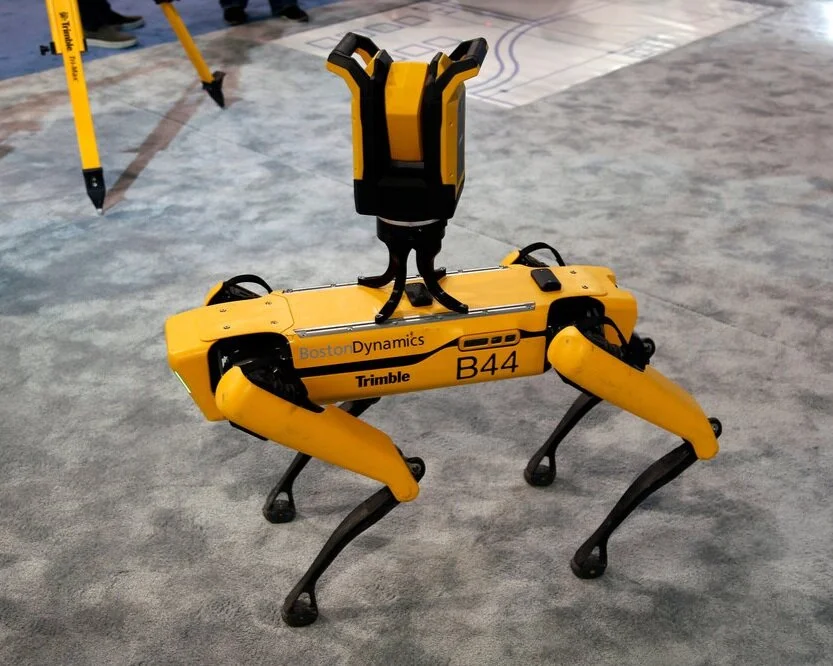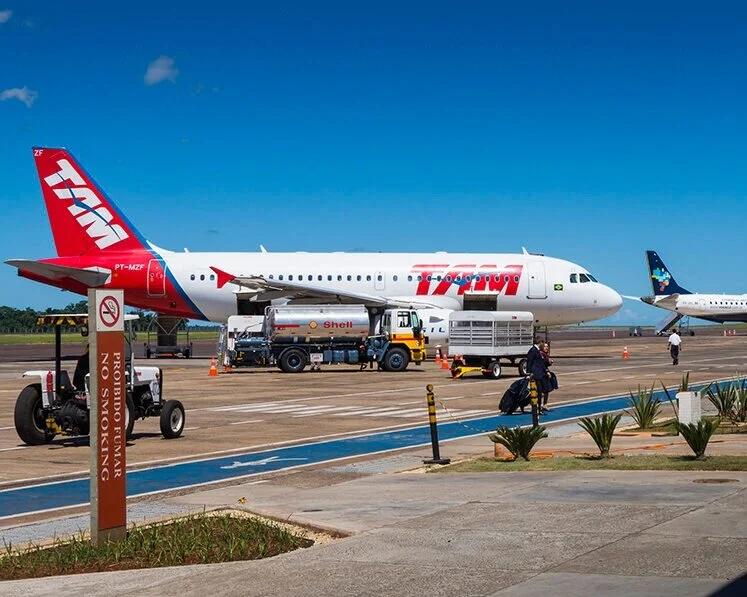International Volunteers Series: Humanitarian Photographer in Bangalore, India
/Olivia Elswick, Asia CorrespondentLast Modified: 00:15 a.m. DST, 09 July 2014
BANGALORE, India -- I had the pleasure of working alongside, humanitarian photographer Matthew Pirrall, in India for a few weeks. While I was stationed in Davangere at a child labor rehabilitation center through Bangalore Rural Education and Development Society (BREADS), Matt’s job involved traveling around southern India to various BREADS locations to work as a humanitarian filmmaker and photographer.
When he wasn’t at the Davangere site the boys and girls would constantly ask, “Where is Matt brother”? and “When is Matt brother coming back”? When he returned to the site, the kids would rush to the jeep to help Matt unpack his things, and never wanted to leave his side, instead smothering him in hugs, showing off their dance moves, or asking him for help with English. Clearly the children in India loved Matt. Read on to hear how much Matt loves working in India.
Matt recently won the International Award for the See|Me Group's 2014 Exposure Competition. To see his work, check out his YouTube BREADS Bangalore Channel.
What is a day in the life-like?
I'm working as a photographer and videographer for the Bangalore Rural Education and Development Society, BREADS for short. They work mainly with youth; developing programs on child rights for school children, rescuing child laborers and street children, and building shelter homes and rehabilitation centers for them.
I travel around to their various centers and take videos and photography for them to use on their website and in the various publications they put out to raise awareness. I'm also helping them with grassroots marketing, and consulting on fundraising and awareness campaigns.
What prepared you for this job?
I went to DeSales University in Center Valley, PA where I studied TV/Film and Marketing. I actually went on two summer service trips in college, both of which were to Kolkata, India, so my journey in India actually began at DeSales.
I developed the idea to do something along the same lines post-grad, but I wanted to be able to use my skills as a filmmaker and photographer to help out the organization I would be volunteering with. Luckily when I found the Salesian Lay Missioner program they were very open to finding me a placement where I would be able to do that, and it also happened to be in India.
What drew you to the country you decided to work in?
India has a way of calling you back. India became the obvious choice since I had been here before and how well everything worked out with finding placement. Plus, the diversity of this country and its people also make it a goldmine for a photographer.
What exactly is a humanitarian photographer?
Basically, any professional photographer who uses their skills primarily for humanitarian purposes. It can be to raise awareness of a need on their own, or photograph campaigns for non-profits.
Has there been a defining moment in your life that made you decide to take the direction you did towards humanitarian photography?
I want to say that this year has been it. I considered myself more of a filmmaker coming out of college, and I had very little experience in photography. I still am a filmmaker. I love the freedom that film gives you to tell a story.
I love helping the pieces of a story fall into place, and the humanitarian world is full of stories, incredible stories, and the amazing thing is that they're all real stories of real people. You just need to find all the pieces. Photography adds a new challenge because you have to find and tell a story using a single frame. It's in challenging myself in this way that I've developed a love for photography as well.
Published: 9 July 2014 (Page 2 of 3)
Have you ever run into dodgy situations while on assignment?
I think the most unsafe I've felt is when I went to a brick-field to film and photograph the children working there. The families that live and work there were very welcoming, but the owners know that NGOs come to rescue these kids. They are afraid of the media and the prospect of losing the kids who are paid less (if anything) and work faster than the adults because of their small hands.
While I was shooting the social workers I was with stared getting a lot of questions from the owners, and then the owners started yelling at the workers to hide their children. I think the social workers were afraid the owners might get violent so we left quickly, but not before I managed to get some pretty powerful shots.
How do you approach shooting in sensitive situations?
There isn't really a way for me to blend in or really know what's going on as I don't speak the language, so I just have to trust that the guides I'm with know what they're doing and know when things might get out of control. I try to approach everyone I meet while shooting with a smile and express a friendliness that usually goes a long way toward getting people's guard down. For the most part people here are very open with me, and I don't find myself struggling to get a shot very often.
What is the most rewarding part about living there?
Definitely the people. When I visit a child labor rehab center everyone is always so welcoming and generous with me. The children always want their photo and usually the adults do to, and my camera has been a great way for me to break down the language barrier and really get to know the people wherever I go. It's always tough to move on to the next center because the people at each one, especially the kids, embrace you like a family member.
Can you tell me someone in India who has impacted you?
There are a lot of people that have impacted me while I've been here: the kids, their teachers, and the social workers with whom I work. But I think the people that have the greatest impact are the people around my age who grew up in BREADS centers.
Kids who were abandoned my their parents, or ran away from abusive situations at ages as young as four or five years old. They had traumatic life experiences at such young ages that are difficult for me to even comprehend, but they have grown into successful and well-balanced adults with BREADS support. It really drives home for me the power of education and how much difference a loving environment can make in a person's life.
Do you find that women are treated differently than men in India?
Yes it's very ingrained in the culture. I often find myself noting situations where I'm with a female colleague or friend who is ordering something searching for something in a store, but the worker will address me instead. Even if the worker is a woman. There are other situations too, where I've noted women's opinions are less valued.
It starts from a young age and girls are brought up to believe they can only fill certain roles. They don't have good role models in the media either. In most of the movies I've seen, it's the female lead's job to cry and be a burden on the man, and to fall in love with him in the end no matter how terrible he is to her.
There are exceptions of course. I've met more strong, empowered Indian women than I thought I would from all the bad things that you hear. But there definitely needs to be more education about women's rights at a younger age if things are going to change. It's another area where I think BREADS is doing a good job.
What are the most critical problems faced by people in your area?
I think lack of education is a huge issue. I've seen entire communities trapped in this cycle of poverty due to this fact alone. I've also seen the difference that education makes when it's introduced in these communities. Health improves, the situation of the women improves, and people's freedom increases. 1 Next Page » 2 3
Published: 9 July 2014 (Page 3 of 3)
What do you think is the key to ending slavery worldwide?
The acclaimed humanitarian photographer Lisa Kristine recently said something in an interview that resonated with many of the problems I've seen here, “People fall into slavery, not because they’re willing, and not because they are stupid. It’s because they’ve been lied to.”
It's a lack of education that leads people into slavery, plain and simple. I believe education is the single most important tool to combat the lies that lead to modern day slavery. Only when children and their parents can be taught that there is another way, when people around the world can be shown that these horrors exist, and when individuals can be motivated to take a stand to do something about it; only then can organizations like BREADS have the power to stand against the lies with a message of truth.
That's what I hope to do with my photography and videos here. Raise the awareness that this organization needs to combat these lies.
Who has had the biggest impact on you as a photographer videographer? Where do you find inspiration for your photos and videos?
My parents have had a huge impact on me as a person. I feel truly blessed to have such amazing parents when so many of the children who I work with don't have any. In terms of professional impact there are a number of photographers from whom I draw inspiration. I have improved a lot this year just by pushing myself to emulate their work.
I also draw inspiration from the people whom I am photographing. I love catching people during their day to day activities, just talking and interacting with them, before asking for their portrait. I find a lot of inspiration in the moments when people let their guard down and stop seeing my camera.
Do you ever feel like you really belong in India?
The way that I've been embraced by my community here has been truly heartwarming. I really feel like my co-workers at BREADS and the community I'm living in has become a second family that really cares about my well being and I can't imagine myself having spent this year anywhere else. I've grown so much and met so me amazing people who I am sure will be lifelong friends.
What are your hopes for the people you’ve interacted with?
My hope is that the photos and videos that I've taken will be able to help more of these children and communities get the education that they deserve.
What are your plans once you’ve finished at your site? What do you plan to have accomplished in five, 10, 20, and 50 years personally and professionally?
I plan to pursue photography and film making with a special focus on humanitarian work. Down the road I'd love to have my own production company to continue to tell stories that will make an impact on people's lives.
Follow Olivia on Twitter Twitter: @nahmias_report Asia Correspondent: @OCELswick


























